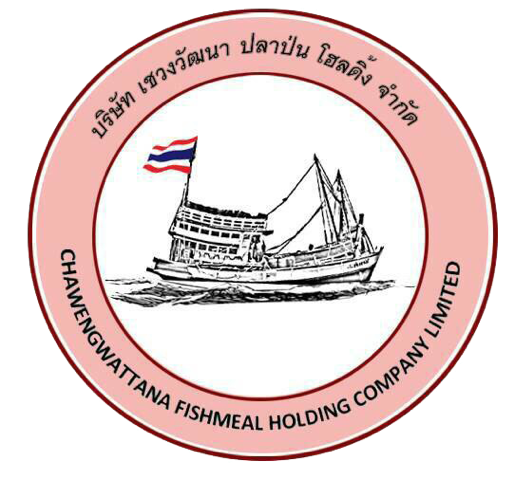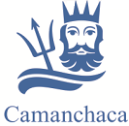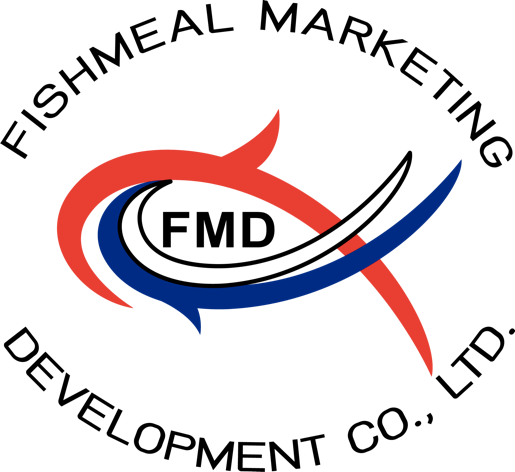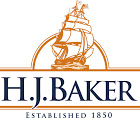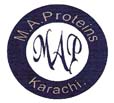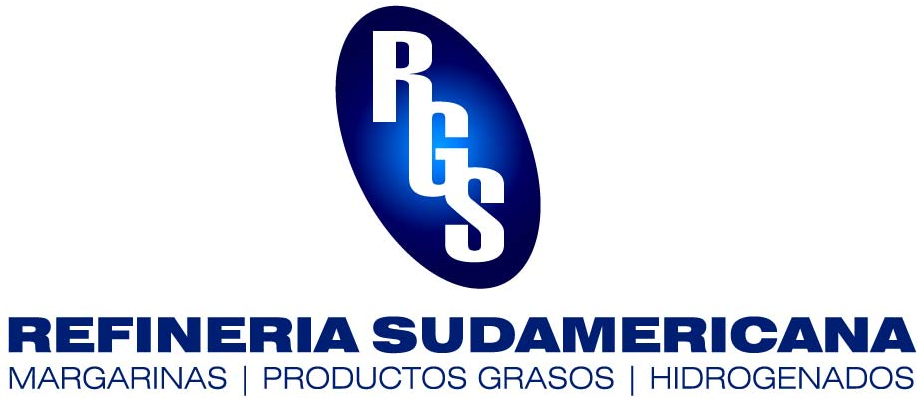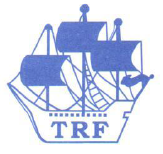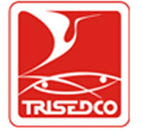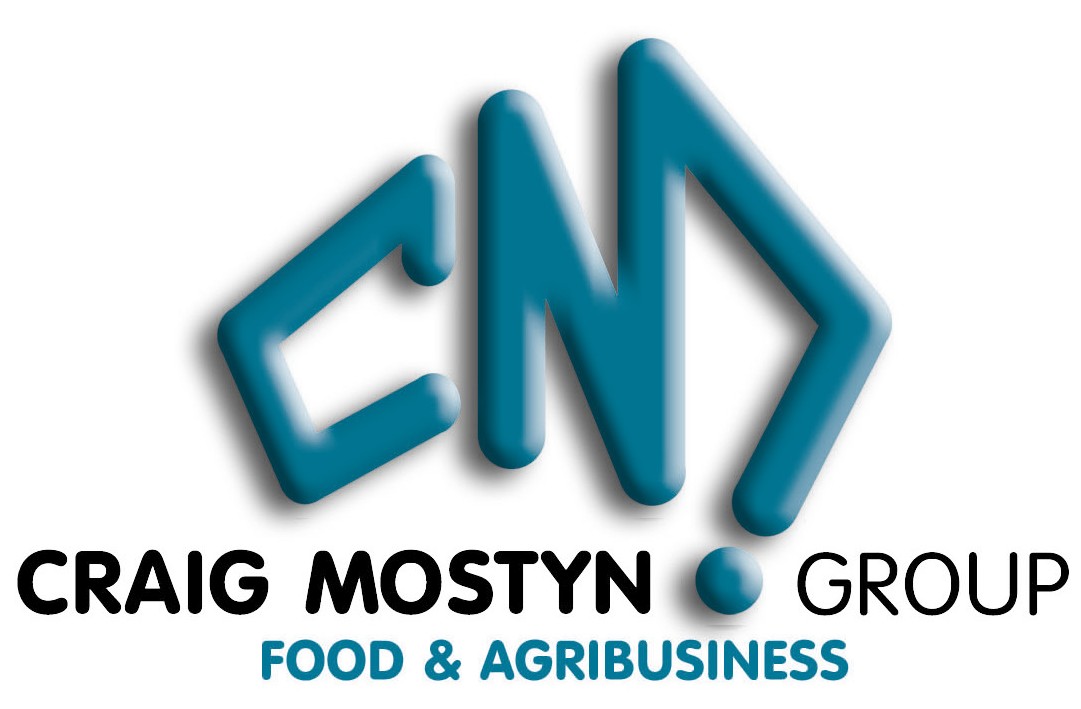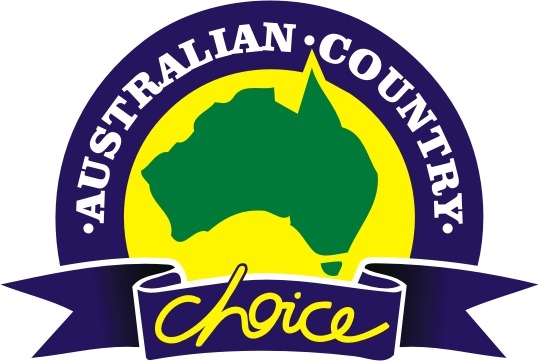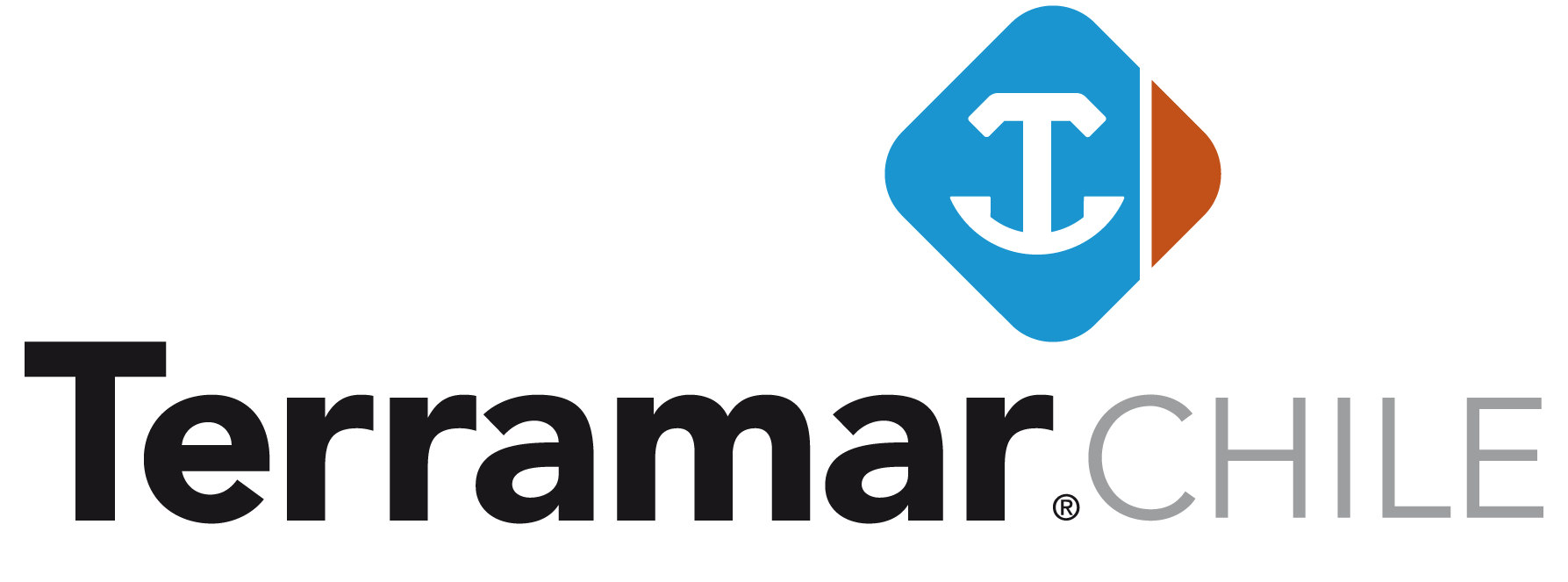Join Now | Free Trial | Login | Membership
Date: November 13, 2015
GB 10146-2015
China - Peoples Republic of China Published Final Standard for Edible Animal Oils
Report Highlights:
On November 13, 2015, China’s National Health and Family Planning Commission (NHFPC) published the National Food Safety Standard for Edible Animal Oils (GB 10146-2015) . This standard will be implemented on November 13, 2016. It prescribes edible animal oils, including lard, beef fat and mutton tallow. A draft of the standard was notified to the WTO as SPS CHN 646 in March 2014. Please note that the comment process has ended and that this standard is considered final. The following report contains an unofficial translation of the final standard.
National Food Safety Standard Edible Animal Fats
Preface
This standard replaces GB 10146-2015 "Hygiene Standard for Edible Animal Oils".
In comparison with the GB 10146-2005, this standard presents the following changes:
- Name of this standard was changed to "National Food Safety Standard - Edible animal oils";
- Modified the scope;
- Modified the terms and definitions;
- Modified the sensory requirements;
- Modified the physical and chemical indexes;
- Added the requirements for veterinary drug residue limits;
- Added requirements for use of nutrition fortifier;
- Added requirements for the labels.
National Food Safety Standard Edible Animal Oils
1 Scope
This standard applies to edible animal oils, including only the edible lard, butter, suet, chicken and duck fat.
2 Terms and Definitions
2.1 Edible Animal Fats
Edible lard, butter, suet, chicken and duck fat refined with suet, meat fat, omentum or pure fat tissue attached to the internal organs of qualified pig, cattle, sheep, chicken and duck that are quarantined and inspected by animal hygiene monitoring agencies.
3 Technical Requirements
3.1 Ingredient Requirements
Raw materials shall comply with relevant food standards and regulations.
3.2 Organoleptic Requirements
The organoleptic requirements shall conform to the provisions of Table 1.
Table 1 Organoleptic Requirements
|
Items |
Requirements |
Analysis Method |
|
Luster |
It has the unique luster of this product, which is white or slightly yellow, and no mildew |
Take an appropriate amount of sample, place in white porcelain dish, and observe color and appearance under natural light. Place the sample in 50mL beaker, heat in a water bath to 50℃, stir rapidly with a glass rod, smell it and taste it. |
|
Taste and smell |
It has specific odor and taste, without rancidity and other stink. |
|
|
State |
It shall have no visible foreign matter |
3.3 Physical and Chemical Indexes
Physical and chemical indexes shall conform to the provisions of Table 2.
Table 2 Physical and Chemical Indexes
|
Item |
Index |
Analysis Method |
|
Acid value (KOH)/(mg/g) ≤ |
2.5 |
GB 5009.299 |
|
Peroxide value/(g/100g) ≤ |
0.20 |
GB 5009.227 |
|
MDA/(mg/100g) ≤ |
0.25 |
GB 5009.181 |
3.4 Maximum Contaminant
The limits of contaminants shall comply with the provisions of GB 2762.
3.5 Veterinary Drug Residue Limit
Residues of veterinary medicine shall comply with the relevant state provisions and announcements.
3.6 Food additives and food nutrition fortifier
3.6.1 The food additives shall be used in accordance with the regulations as specified in GB 2760.
3.6.2 The food nutrition fortifier shall be used in accordance with the provisions in GB 14880.
4 Others
Single type of edible animal oils shall not be mixed with other type of fats
Back to listing



